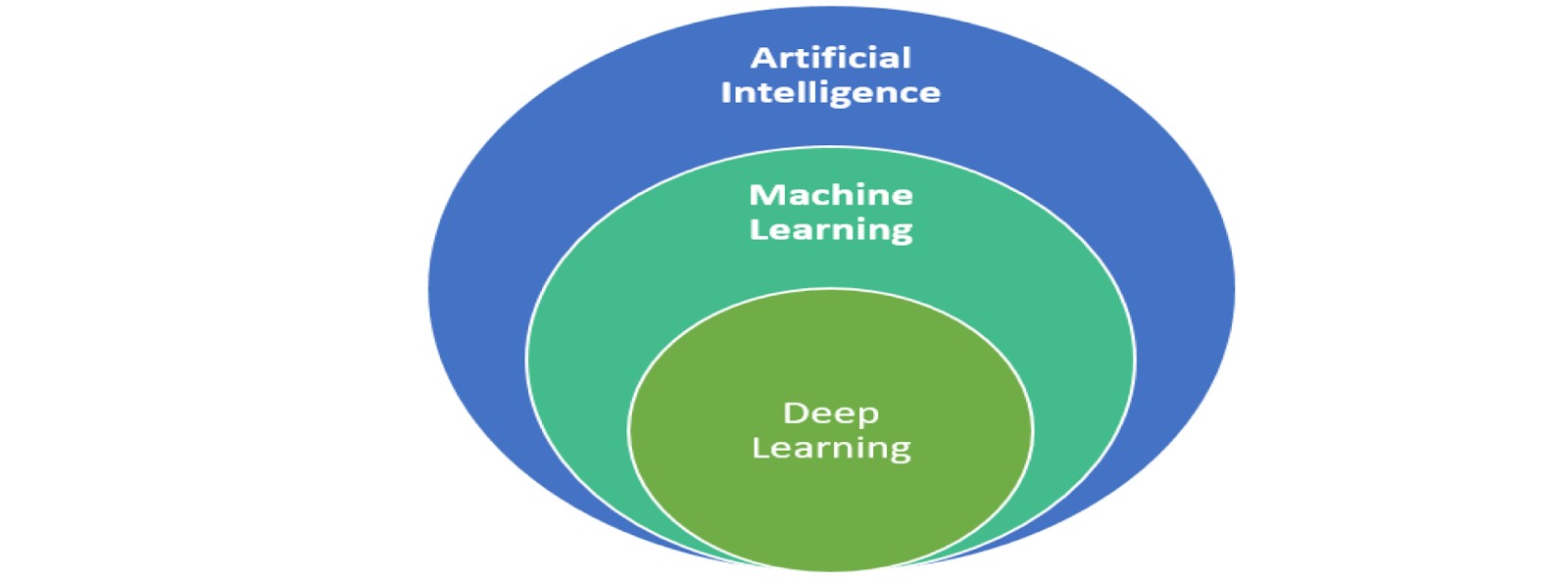In the digital age, businesses have to exploit available technologies to gain a competitive advantage. For one, your business can adopt artificial intelligence (AI) and machine learning (ML) to enhance the effectiveness of your operations by eliminating mundane tasks through automation. One of the most important applications of AI and ML in business is data analysis, which enables you to understand your customers’ needs and desires. If you are looking for quality AI and ML services for your business, you can read more about them here. Even though AI and ML are related and are sometimes used interchangeably, these two critical technologies for business are different in more ways than one. For you to exploit AI and ML fully, you need an in-depth understanding of the aspects that set these two technologies apart.

What is Artificial Intelligence?
In the simplest, most basic form, AI is defined as a computer system that simulates human intelligence to give machines the ability to think and act humanly and rationally. It is implemented into machines as a computerized system to enable the execution of tasks that require human intelligence.
.
What is Machine Learning?
As the name suggests, ML enables machines to learn. Even though it is a component of artificial intelligence, ML is increasingly becoming a semi-autonomous subfield of AI. It uses an algorithm to analyze historical data and reveal trends allowing the system to learn without explicit programming. For example, Facebook uses ML that analyzes your historical data like hometown, high school, and so on and learns the quality you would like in a friend, which it uses to suggest friends.
.
What is the difference between Artificial Intelligence and Machine Learning?
Based on the definition of these two technologies, AI is a wide set of capabilities that enable machines to think, while ML is a technique used by AI to deliver thinking capabilities. Think of AI as a car delivering human thinking capabilities to machines, with ML as its engine. The main differences between AI and ML include:
.
Capabilities of AI vs. ML
In terms of capability, AI can be categorized into three groups, weak AI, strong AI, and general AI. Weak AI refers to programmed simulations that are implemented in machines for human assistance. For example, Siri can 'turn on the TV' by classifying and relating the terms 'on' and 'TV' to a programmed correlated action in the system. Strong AI is not programmed and relies on clustering and association to process data, for example, video games that enable the system to play perfectly against a human opponent. General AI refers to a state where AI can be used to simulate all human capabilities and has not yet been attained; for example, it cannot be used to address complex emotions. On the other hand, ML is divided into three distinct categories; supervised, reinforcement, and unsupervised learning. Supervised learning is used by developers to train an algorithm using full sets of labeled data. In reinforcement learning, the algorithm is trained to predict the best next step to take that offers the biggest reward. Lastly, unsupervised learning refers to a model that feeds datasets to ML without providing explicit instructions on what to do with it.
.
Process of AI vs. ML
When it comes to the process of execution, AI seeks to find the optimal solution, while ML only goes for the available solution regardless of whether it is optimal or not. The ML process uses historical data to learn, but the process used by AI goes beyond to include learning to acquire and apply knowledge. This makes AI suitable for situations that require adapting to new scenarios. This difference can be demonstrated using either AI or ML in a video game simulating a minefield. For ML, data from simulated runs are fed to ML, allowing it to learn the best path to take to reach the other based on previous runs. Unfortunately, if you move the location of the land mines, ML will no longer navigate to the other side since it only relies on historical data from previous simulated runs. On the other hand, AI will navigate safely to the other even after the mines have been moved around by analyzing why the paths are changing and use the data to codify rules to identify and avoid the mines. AI learns how to play the game and applies the knowledge just like a brain. Anytime the mines are moved, AI will reapply the codified rules to identify and avoid dangerous spots. This is why AI is preferred for self-driving cars instead of ML.

Use cases AI vs. ML
Even though the common use cases of AI and ML overlap, there are specific use cases that each technology is best suited. For one, AI is more suitable for data analysis because the process goes gathering data from multiple touchpoints to include analyzing the data, interpreting the results for inferences and insights, and crafting effective solutions to address specific needs of your business. ML can gather data but will be ineffective in analyzing, interpreting, and crafting solutions since these three phases of the process require adaptation to the prevailing situation. AI is also more suitable for business intelligence (BI) since it involves crunching large volumes of data to reveal the most suitable approach to increase your profits from a myriad of perspectives. On the other hand, ML is more for data security whereby different cyber-attacks are simulated, followed by the most appropriate defense to the attack allowing the system to learn how to protect data in the event of a real attack in the future. ML can also be used to enhance User Interface (UI) of apps, chatbots, and so on. For example, you can implement ML on your website to analyze the purchase history of customers and use the insight to recommend products accurately.
.
The End Purpose for AI vs. ML
AI has a wider scope compared to ML, as evidenced by the output of each technology. For starters, AI is used in automation that requires simulation of human capabilities, such as human-machine interaction. The fact that human interaction is complex and ever-changing, which makes it difficult to use ML because it relies heavily on historical data. This assessment highlights that the end purpose of AI is to simulate natural intelligence and make a smart computer system just like humans to solve complex problems. Alternatively, ML’s end purpose is to give accurate output by allowing machines to learn from data. Ultimately, AI leads to intelligence and mimic human response in different circumstances, while ML’s oDifference between Artificial Intelligence and Machine Learning.








